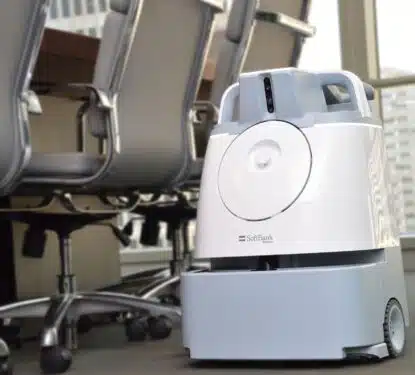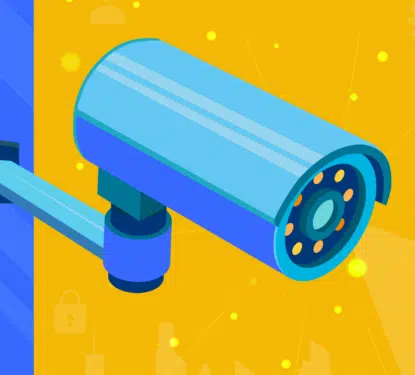Through the latest Internet of Things (IoT) technologies, our smart commercial buildings promise to improve the health, wellbeing, and safety of their occupants like never before. Yet, as Europe goes into lockdown, the majority of the continent’s commercial real-estate sits empty, offering few answers to the novel dangers brought up by the COVID-19 pandemic. While we can excuse the technology for being as unprepared as the humans who made it, this strange reality we find ourselves living in poses a new challenge for the smart building industry to adapt its intelligence to. To date, the smart building’s health applications have focused on maintaining the best indoor temperature for occupants, developing lighting in tune with the human circadian rhythm, or improving air quality with sensors-enabled ventilation. While all these systems do support general health and, therefore, an improved ability to fight disease, they do not help control the spread of Coronavirus. With many experts claiming that […]
Most Popular Articles

Neeve’s Edge-Cloud Platform: Key Metrics & Growth 2025
This Research Note examines Neeve, the US startup offering an edge-cloud platform designed to enhance smart building operations by integrating operational technology (OT) systems into secure, connected environments. We highlight its founding as IoTium, before exploring its current offering, deployments, funding and partners, concluding with our view of the business. Neeve Profile Founded in 2015 […]

icetana Secures $3.6M SoftBank Partnership: 2025 Financial Analysis and Growth Strategy
This Research Note examines the Australian listed company, icetana AI, based on its latest financial results year ending 30 June 2025 and its deployments, strategic investments and regional growth opportunities over the past three years. icetana AI Profile Founded in 2009, icetana AI is a small software as a service (SaaS) company specializing in AI-assisted […]

Video Surveillance Market 2025: Ongoing Shift towards Software Drives Growth
The video surveillance industry is undergoing its most significant transformation since the shift from analog to digital. What was once primarily a reactive security tool, cameras recording footage for post-incident review, is evolving into a proactive intelligence infrastructure. The traditional model of video surveillance centered on cameras, on-premise storage and software. That era is coming […]
